Virtual tastings, to-go tasting kits, benchmark red wines, the emergence of white Rhône varieties, and the rise of two new appellations are what’s trending
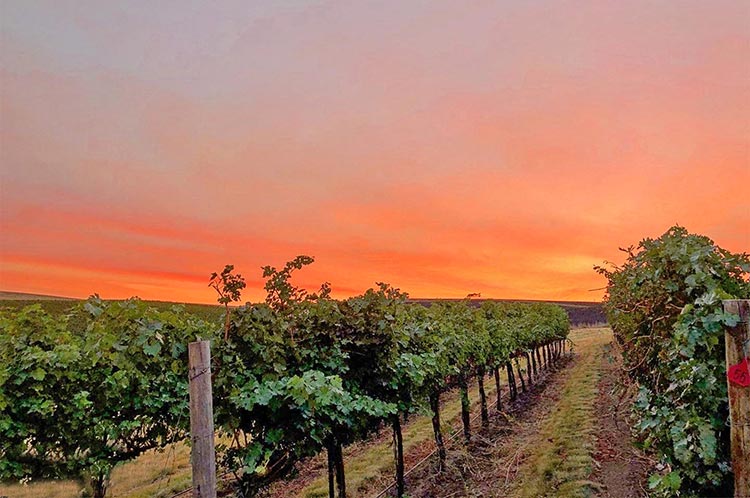
Written by Sean P. Sullivan
GLANCING BACK, last year was certainly one defined by challenges. First there was the pandemic, with wineries scrambling to adjust to a radically changed landscape. Almost overnight, they needed to find new ways to engage their customers and sell wine, changes that were compounded by sharp reductions in restaurant sales and the number of people traveling to wine country. Then after a near ideal growing season, wildfire smoke blanketed the state right in the middle of harvest.
Despite it all, many wineries found creative ways to not only survive 2020 but to thrive. Additionally, while the smoke no doubt added to the stress of the year, most winemakers are cautiously optimistic they dodged serious issues. Harvest numbers reportedly dipped below 200,000 tons for the first time since 2012, due in part to a combination of unrelated factors involving both Mother Nature and market changes.
Some are even saying the 2020 vintage is shaping up to be one of Washington’s best in recent years. After a year no one will forget, we can all toast to that. As we rise to new challenges in 2021, here are the latest consumer wine trends.
Tastings By Appointment & Seated Tastings
Previously, most Washington wineries and tasting rooms allowed customers to show up unannounced for tastings, where they then bellied up to the bar.
That changed during the pandemic with wineries needing to limit the flow of customers. Almost all wineries moved to reservation-based systems, though many still allow walkups as space permits. For all, it was a big change.
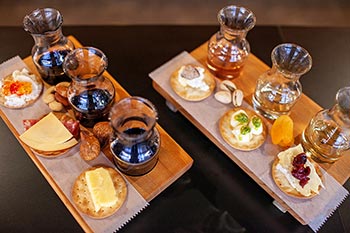
“The learning curve for tasting rooms to have to take reservations was a big deal,” admits Karen Wade of Fielding Hills Winery in Chelan. Despite the transition, many are finding they like the changes.
“We’re thinking about sticking with reservations whenever things go back to whatever normal is going to be, and possibly have a calmer type of visitation,” Wade says.
Along with tastings by appointment, wineries also moved to seated tastings, sometimes with wineries pouring flights of wines all at once in order to limit return trips to the table.
Virtual Tastings
Traditionally, wineries have release events in the spring and the fall to tout their latest wines. Customers come by, taste new releases, and decide what they want to purchase. With that model upended by the pandemic, wineries had to look to new ways to keep their customers engaged.
Enter virtual tastings. Taking place on Facebook, Instagram Live, or other social media platforms, these are presented in a variety of different formats. In some segments, winemakers talk through their latest releases on livestreams. In others, customers are encouraged to taste along with them.
The Walls in Walla Walla began offering personal (virtual), private tastings where customers are shipped bottles of wine at a discount. They, and perhaps their friends, can then enjoy an online guided experience with the winery staff.
“These have been extremely popular and allow us to connect with people all over the country,” says general manager Carrie Alexander. “We have had people purchase, say 10 packages, and send them to friends and family wherever they might be, as a fun and educational way to get together.”
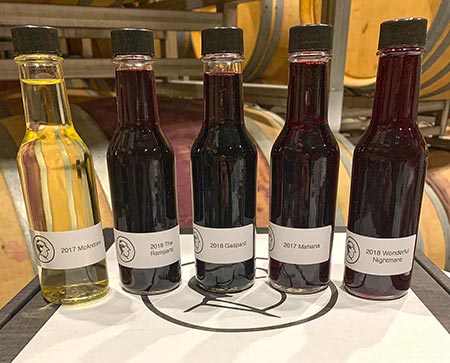
To-Go Tasting Kits
Another way to bring the winery experience to people is the emergence of tasting kits. Here wineries send customers smaller amounts of wine than a traditional 750ml bottle. The customer is able to sample the wines at their leisure or even participate in an online event.
This gives an at-home, try-before-you-buy option consumers have never had before. In addition to its virtual tastings, The Walls is one of a number of wineries that has used tasting kits to introduce new releases.
“We really didn’t just want to do Instagram or Facebook Live tastings with people who couldn’t actually be tasting with us,” says Alexander. Subsequently, The Walls offers tasting kits comprised of five bottles of five fluid ounces each, perfect for two people to taste. Alexander says the response has been positive.
“I believe it will be something we continue to do for years to come,” she says. “It just makes so much sense to be able to taste with people wherever they are.”
Washington Gets Two New Appellations
Despite the challenges of the year, the Washington wine industry continued to grow at a brisk pace, with new wineries opening and growers expanding into new areas. In 2020, Washington also received federal approval for two new appellations, Royal Slope and Candy Mountain.
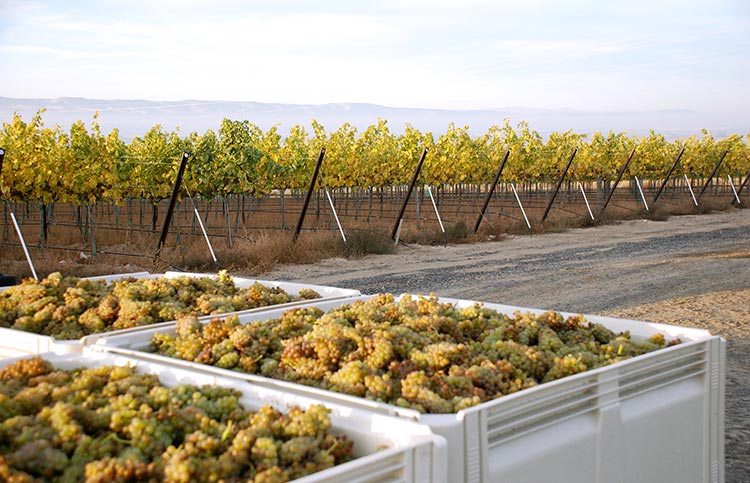
Royal Slope is located in central Washington, immediately south of the Ancient Lakes viticultural area. Grapes were first planted in the region in 1984 and have already gone into high scoring wines from the likes of Gård, Charles Smith, Novelty Hill and others.
The Royal Slope is distinguished by its higher elevation relative to the surrounding area and its broad, south-facing slope. The latter allows grapes to soak up the sun while the former both helps grapes retain acidity and protects against fall frosts and freezes.
“You could leave your grapes hanging until sometime in November in most years and they would still be fine,” Mike Januik, owner and winemaker at Januik Winery and winemaker at Novelty Hill, says of the Royal Slope.
Candy Mountain meanwhile is a few miles south of Red Mountain and shares many of that warm appellation’s attributes.
“It’s a warm site, so you have to watch irrigation closely,” says Marty Clubb, co-owner and managing winemaking at L’Ecole N° 41 in Lowden. Clubb has been working with fruit off the mountain since 2002. “It’s very consistent,” he says.
Candy Mountain becomes Washington’s smallest appellation at 815 total land acres, with 115 of those currently in production.
Woodinville’s Ongoing Evolution
Woodinville has been the epicenter for wine in Western Washington since the mid-1970s and has seen several major evolutions, from wineries opening up in the Warehouse District in the early 2000s to the redevelopment of the Hollywood Schoolhouse area at the beginning of this decade.
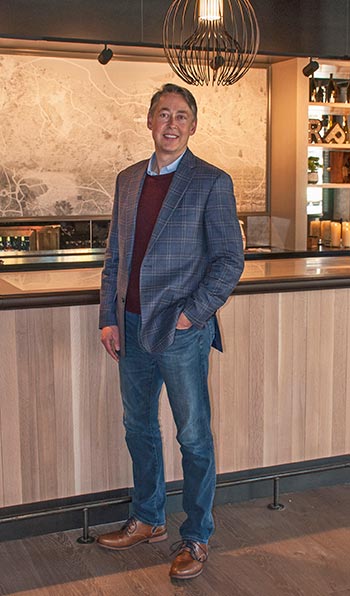
Now more changes are afoot. In October 2020, Rocky Pond Estate Winery moved from the Warehouse District to Woodin Creek Village into a contemporary Northwest-style tasting room, complete with a modern commercial kitchen. “Although there’s a charm to the Warehouse District, this is more of who we are,” says John Ware, president of Rocky Pond. “Part of our new ability is to showcase our wines with a casual but sophisticated culinary experience.” New offerings include chef-prepared tapas, sommelier-guided tastings, even opportunities for in-home catering that should thrill local gourmands.
More Woodinville-based tasting rooms are slated to follow in 2021, among them Ambassador Wines of Washington. “We are excited to be opening our second tasting room in Woodin Creek Village, and I anticipate this location will have more of a wine bar feel,” says owner Allison Engman. “We will definitely keep our space in the Warehouse District—we just expanded into Gorman Winery’s former space next door in time to offer more socially distanced indoor seating this winter.”
Elsewhere about town, DeLille Cellars moved into the former Red Hook Brewery and did an extensive remodel. The result is an expansive, three level tasting room, complete with outdoor seating with views of Mount Rainier where the brewery’s tank farm used to be.
“It happened because we climbed up onto the tanks before they moved them, and we could see Mount Rainier,” says DeLille CEO Tom Dugan. “We said, ‘How do we make this happen?”
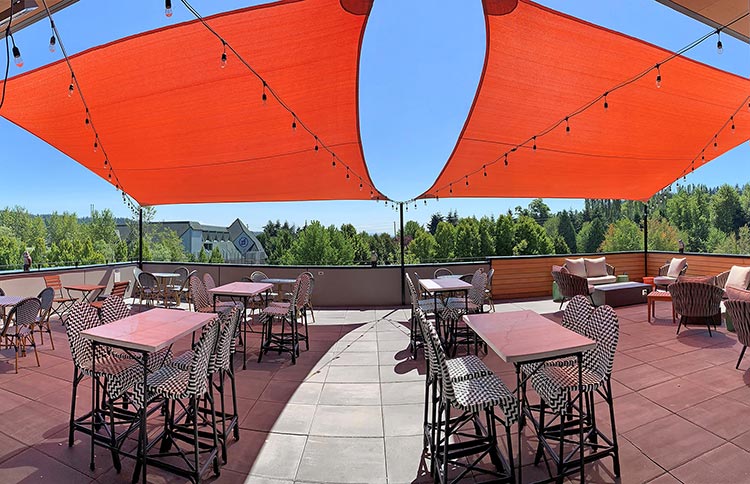
Even before the pandemic, DeLille was planning to move to a reservation system with seated tastings, leaving it well positioned when the changes occurred.
Most ambitiously, a long-planned project in the Hollywood Schoolhouse area to develop buildings for wineries, restaurants and a luxury hotel has been given new life as the Farmstead project. With the city’s approval, it looks like it might finally happen. If it does, it will again transform the Woodinville wine experience.
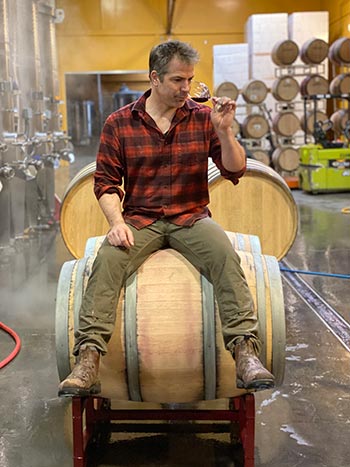
2018: The Benchmark Vintage For Red Wines in Washington
The last ten years have challenged growers and winemakers alike, from the cool vintages of 2010 and 2011 to the hot vintages of 2013 through 2015. While growers and winemakers still managed to make plenty of top quality wines in each of those vintages, they had to work hard for it. Then came 2018, a Goldilocks vintage.
Summer temperatures were warm, but not as hot as they had been in recent years. The defining factor that year, however, was a near perfect harvest season, with warm days to help fruit ripen followed by cool nights to lock in acidity.
“It was one of the most beautiful September and October harvest periods that I can remember,” Mike Sauer, long-time grower at Red Willow Vineyard in Yakima Valley had told me that year.
The resulting red wines show abundant fruit flavors but with a sense of energy and verve.
“They are complete wines,” Peter Devison, owner and winemaker at Devison Vintners says of the 2018 vintage. “Very layered tannins, very varietally correct with an amazing amount of fruit. Even though it wasn’t a cool vintage, there’s a nice mineral brightness to them as well.”
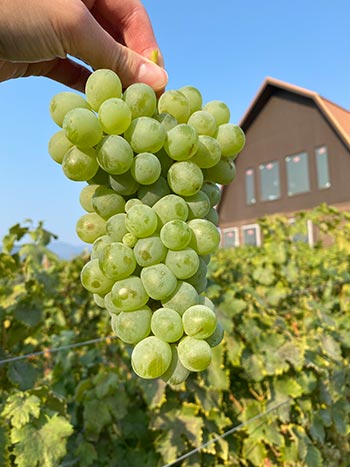
The Emergence of White Rhône Varieties
While white wines once dominated production in Washington, the pendulum has swung toward reds in the last 15 years, so much so that these wines overshadow their white wine counterparts at times.
More recently, however, growers have been exploring new regions better suited to white grapes. They are also planting new varieties, with white Rhone-style wines in particular emerging and making waves.
Charlie Lybecker at Cairdeas Winery in Manson recently planted two Rhône varieties that are new to the state, Picardan and Clairette Blanche, at his estate vineyard in the Lake Chelan Valley appellation. The latter he produces as a sparkling wine.
“When Lacey and I had the opportunity to visit the Rhône valley, we spent a lot of time talking with sparkling producers there and trying lots of different versions of those wines which are almost impossible to get here in the U.S,” says Lybecker. “That’s what inspired us to try to make a sparkling wine from that variety in that style.”
The exploration of new varieties and new areas, combined with a series of vintages well suited to white wine production, has led to a renaissance in white winemaking in Washington. Despite the many challenges of 2020, the future of Washington wine not only looks bright, it increasingly looks so for white wines too.
